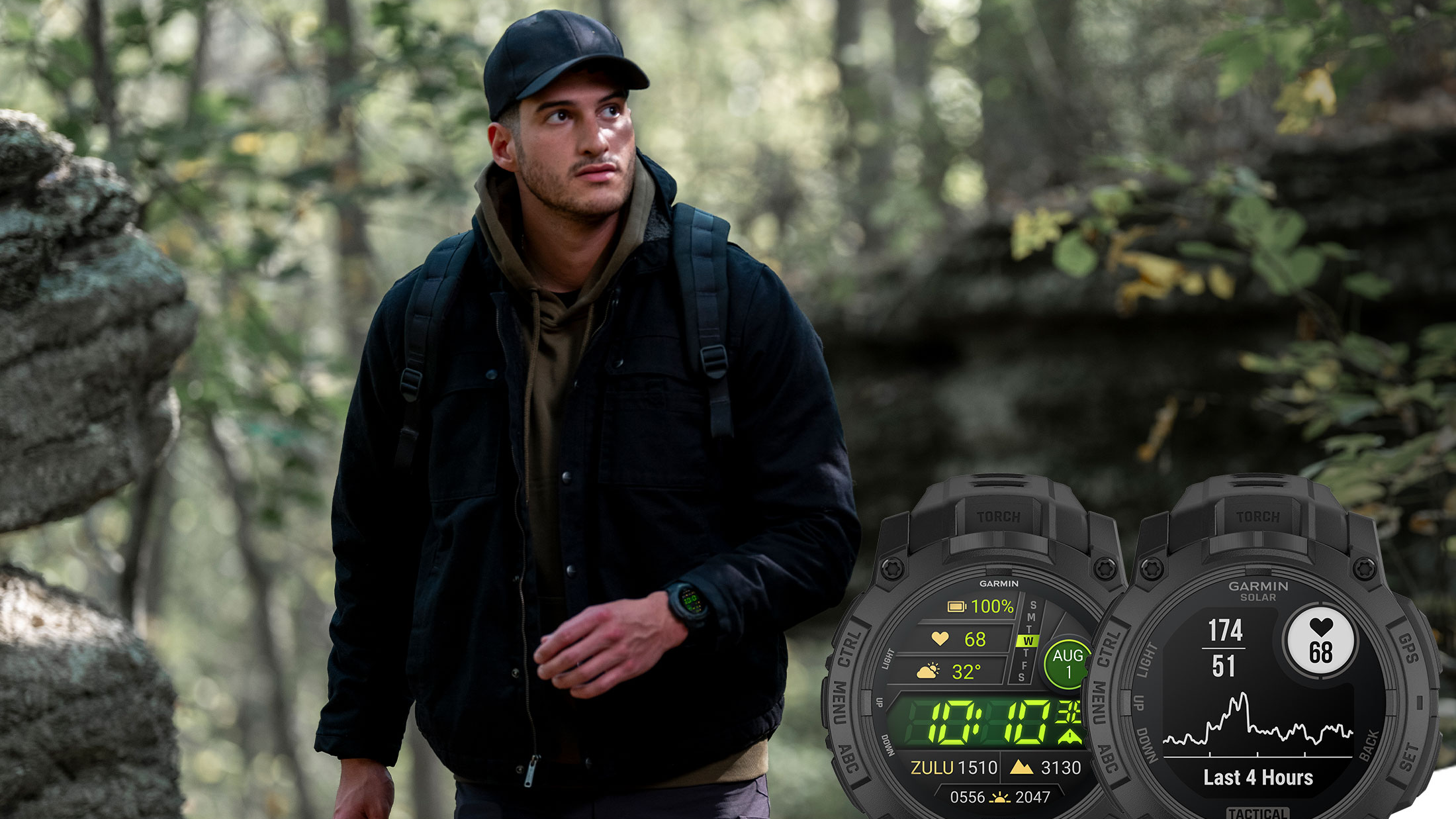7 spring rock climbing tips to get you into gear for the season
Shield yourself against chanegable weather, loose rock, wildlife and injury with our 7 spring rock climbing tips
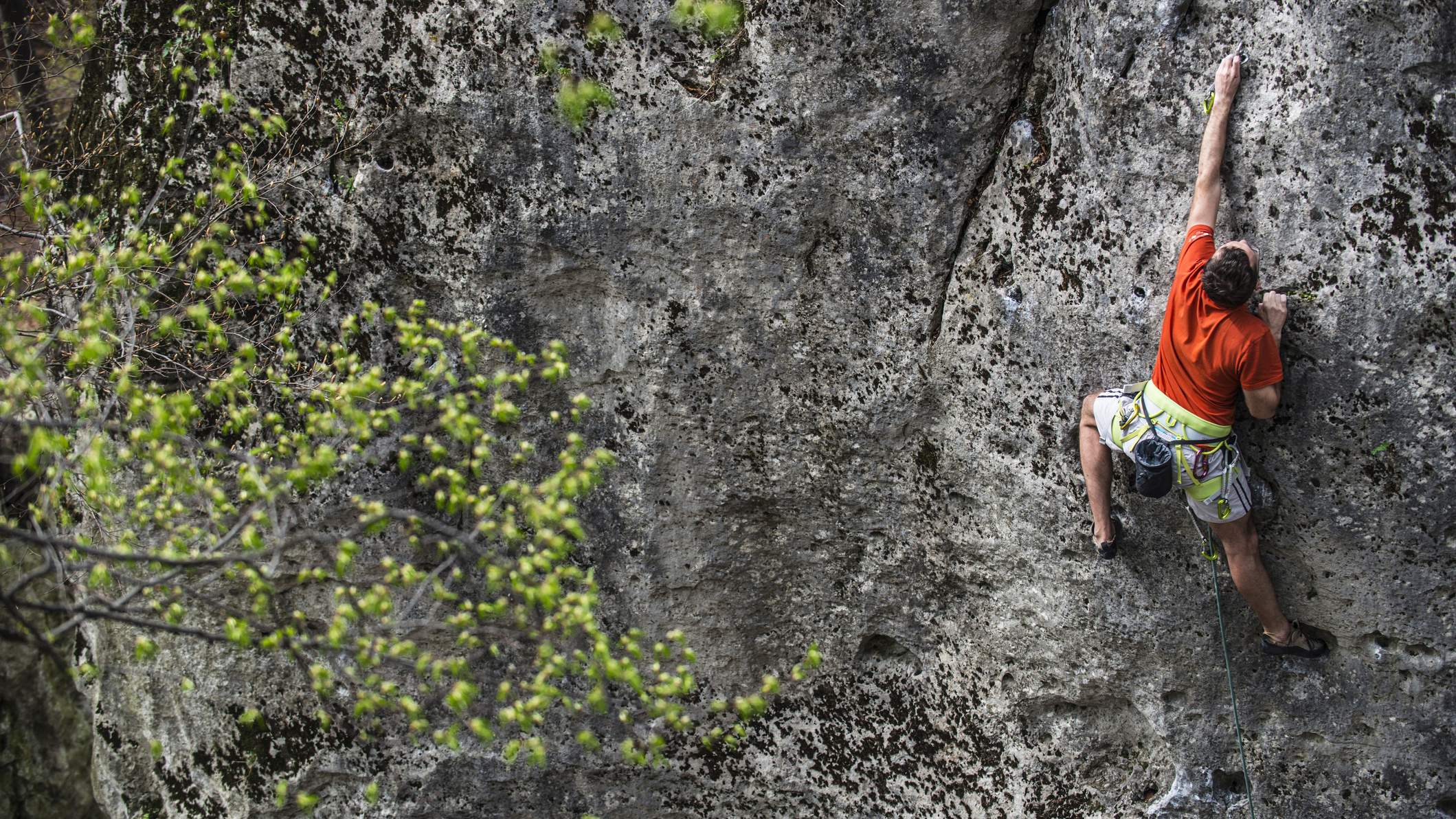
Stravinsky's The Rite of Spring was one of the most infamous premieres in history, descending into a full blown riot on 29th May 1913. The pioneering orchestral ballet, which was about the return of spring and the renewal of the Earth (via the sacrifice of a virgin), was so dissonant and the dancing so jerky that the cultured audience amassed that night in Paris started attacking each other.
However, the coming of spring should be a harmonious affair, with color returning to the landscape, the awakening of wildlife and – mostly importantly – dry, warm rock to climb on. We've compiled our 7 spring climbing tips to ensure your 2025 premiere on the crag goes smoothly, entirely unlike Stravinsky's ill-fated event. In essence, we're here to make sure your climbing rite of spring is far from dissonant and jerky – memorable for the right reasons and a riot in the funnest sense of the word.
So, if you’ve been climbing indoors all winter long, or worse, your climbing shoes and rope have been in storage for months, the first whiff of spring and you’ll be itching to get to the crag. There’s no sense in climbing outdoors while it’s still snowy and icy, but once the white stuff has melted, you’ll be able to start hitting the rock on milder, sunny days. However, there are a number of precautions you’ll need to take to protect yourself against variable weather, loose rock, wildlife and injury, so read these 7 spring rock climbing tips before you start flaking that rope.
Meet the expert

As an avid lover of the outdoors, Julia has climbed for many years and counts the pursuit among her favorite activities. She's climbed in both the mountainous regions of the United States, as well as in her native Scotland and the crags and mountains of the Highlands.
Today's best deals
1. Dress in layers
- Spring can bring changeable conditions so take warm layers
- Wear thick socks for the approach and don't forget your hat and gloves too
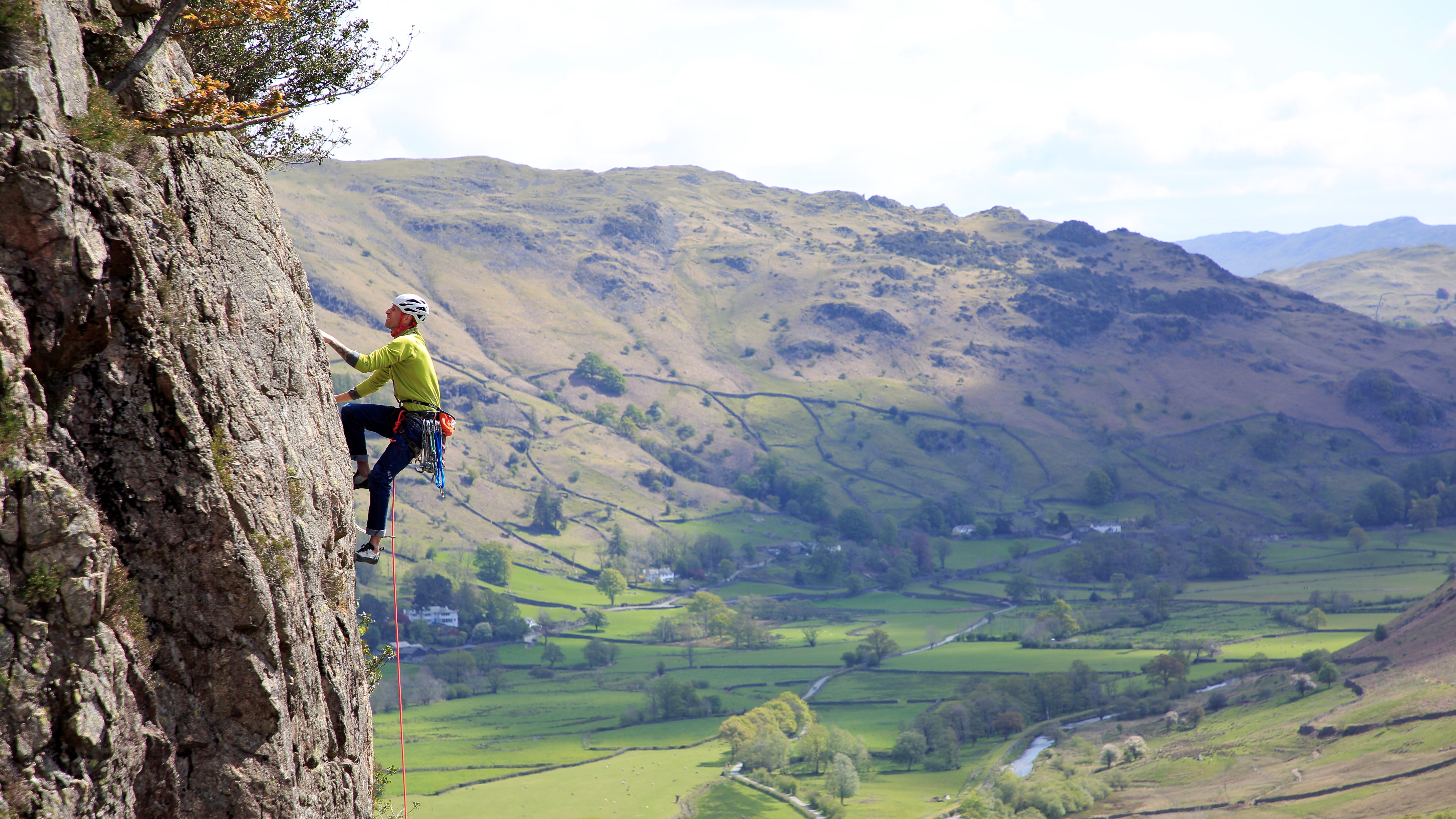
Spring can bring some incredibly warm days, but the name of the game is changeable conditions, and even a sunny day can come with some really fresh breezes, while the hike in might be muddier than usual. Wear hiking boots or approach shoes with wool hiking socks for your walk to the crag and remember you can change back into them between climbs if your feet get cold– those thin climbing shoes won’t provide much insulation at all. Wear long (stretchy) pants or leggings and bring a warm, sturdy layer like a fleece jacket that you can wear when you're on belay that will stand up to your harness and rope.
You may also want to bring gloves which you can wear on belay as well as hanging out – consider something sturdy like the Rab Khroma Tour Infinium for belaying – then your hands won’t be completely numb when you start climbing. Remember, the rock can be really cold at this time of year so take breaks on your way up, blow on your hands and stuff them in your armpits intermittently if you need to. Crimpy moves are impossible with numb fingers!
2. Watch for loose rock
- Loose rock is particularly prevalent in alpine areas where freeze/thaw cycles are at play
- Avoid limestone and try to stick to solid granite
- Wear a climbing helmet both when climbing and when belaying
Particularly in alpine areas, you’ll need to be especially careful about loose rock at this time of year, when the freeze/thaw cycles can weaken the rock (this is true again come the fall). If you can, avoid limestone and look for solid granite crags. Climb with a partner and check each hold before you load it. Hopefully we don’t need to tell you this, but make sure you are wearing a climbing helmet both when you’re climbing and when you’re on the ground to keep you safe from rock fall.
3. Beware loose bolts
- Freeze/thaw cycles can also affect bolts placed for sport climbing
- Test bolts before committing to them
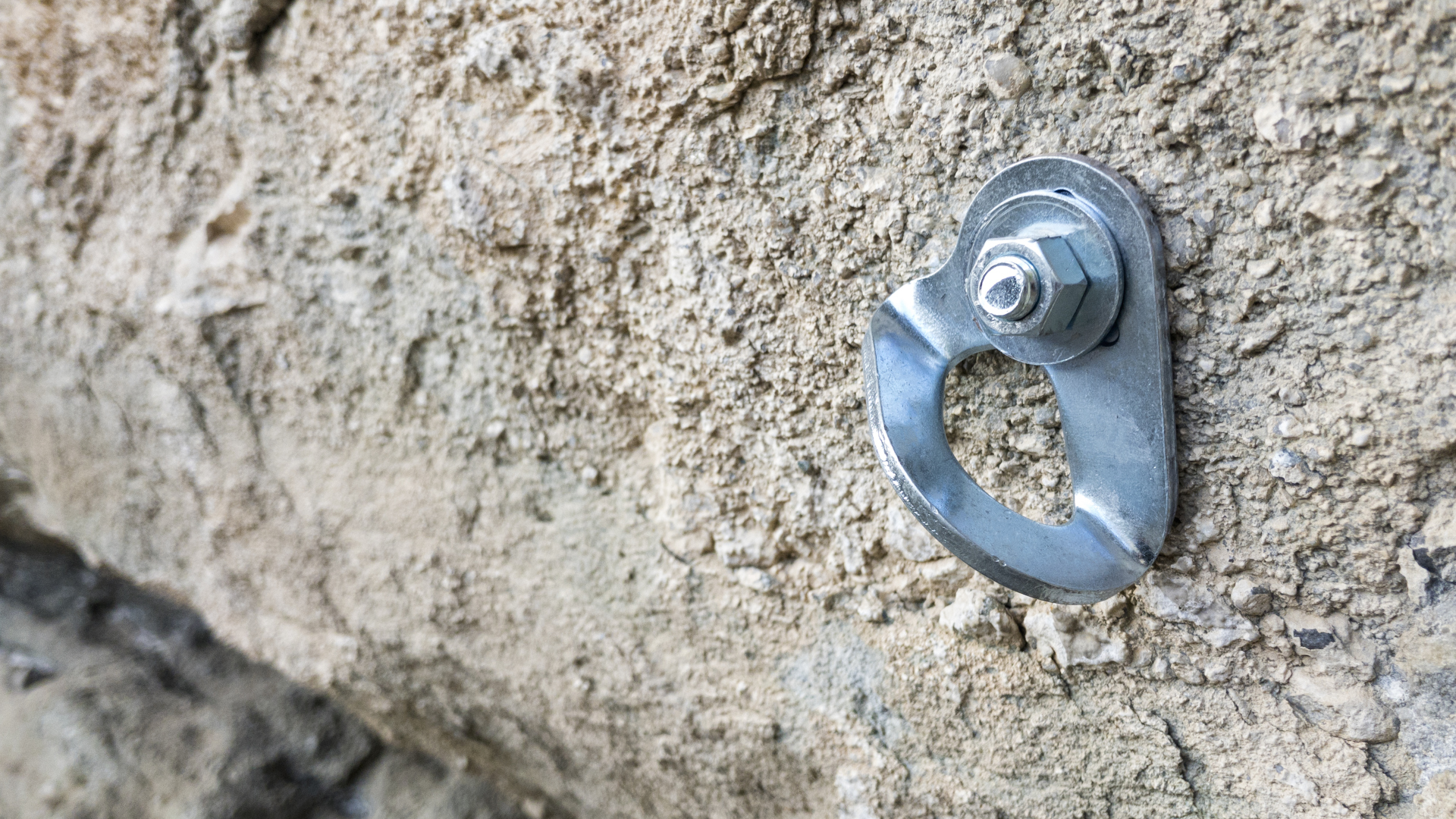
If you’re sport climbing, be aware that the freeze/thaw process we described above can also be guilty of loosening bolts and they have been known to come out in the spring. The best practice is to test bolts before you use them. You can also carry a wrench in your harness so that you can tighten any loose ones and make the route safer for other climbers. Alternatively, stick to trad climbing and build your own anchors.
Advnture Newsletter
All the latest inspiration, tips and guides to help you plan your next Advnture!
4. Battle the bugs
- Use insect repellent to keep the bugs at bay

As if rock fall and loose bolts weren’t bad enough, spring’s thaw can mean swarming flies and mosquitos, especially if you’re climbing near a river. Having to swat at bugs mid-route isn’t ideal, so apply insect repellent with DEET generously at the trailhead and reapply according to the directions on the bottle.
5. Respect wildlife closures
- Respect closures due to nesting and breeding
- Carry bear spray in regions where bears are present
- Don't bring music to the crag, it'll disturb the local wildlife

Spring is also a time when wildlife migrate in order to nest and breed, so you might find that access to your favorite route is restricted. It’s annoying, but please respect these closures as the delicate balance of nature is infinitely more important than your ability to start sending it. If you're climbing in bear country, remember that they’re waking up at this time of year, so carry bear spray and keep your wits about you. And finally, speaking of wildlife, please don’t bring your speaker and blast tunes at the crag – it disturbs the wildlife and is obnoxious in all seasons.
6. Ease in
- Start with easier routes to ease yourself back into climbing and avoid injury
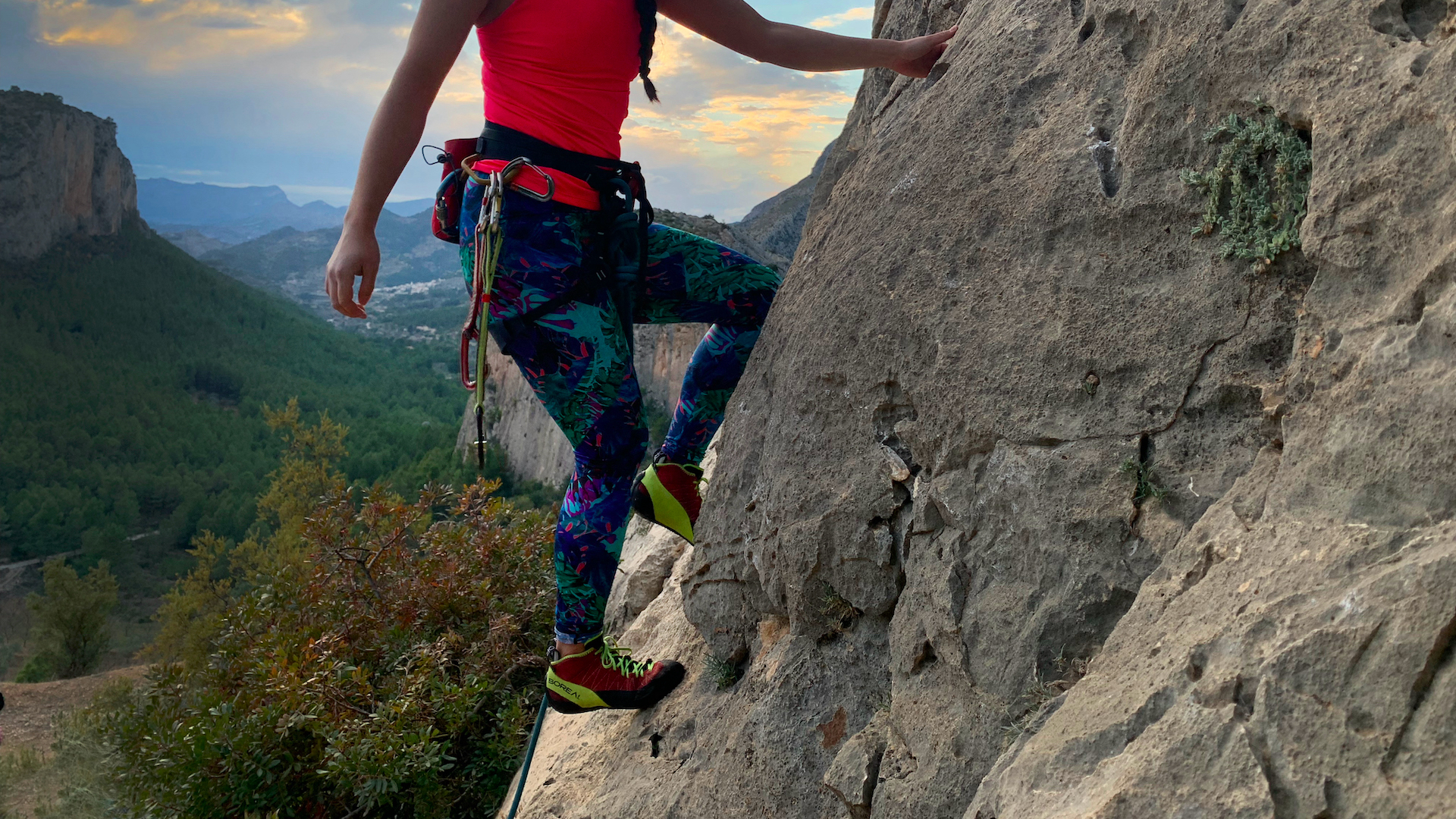
You may have been climbing indoors all winter, but if you’ve been busy skiing and taking advantage of all the snow, ease back into climbing. Start with easy routes and don’t over do it – there’s nothing like a spring pulley tear or torn rotator cuff to ruin your summer. You can also check out our article on how to train for climbing for more tips to get in shape.
7. Book an instructor
- By booking an instructor, you can revise the safest practices
- If you're transitioning from sport to trad, an instructor can show you how to place protection
Finally, with the season stretching ahead, spring is the perfect time to book an instructor in order to lose any bad habits you've developed and remind yourself of the safest practices. An instructor may also enable you to stretch your comfort zone, setting you up to push your grades during the warmer months.
Maybe you're looking to make the leap from sport climbing to trad climbing? An instructor will be able to show you how to place protection safely and provide plenty of inspiration for the climbs to come
Julia Clarke is a staff writer for Advnture.com and the author of the book Restorative Yoga for Beginners. She loves to explore mountains on foot, bike, skis and belay and then recover on the the yoga mat. Julia graduated with a degree in journalism in 2004 and spent eight years working as a radio presenter in Kansas City, Vermont, Boston and New York City before discovering the joys of the Rocky Mountains. She then detoured west to Colorado and enjoyed 11 years teaching yoga in Vail before returning to her hometown of Glasgow, Scotland in 2020 to focus on family and writing.

